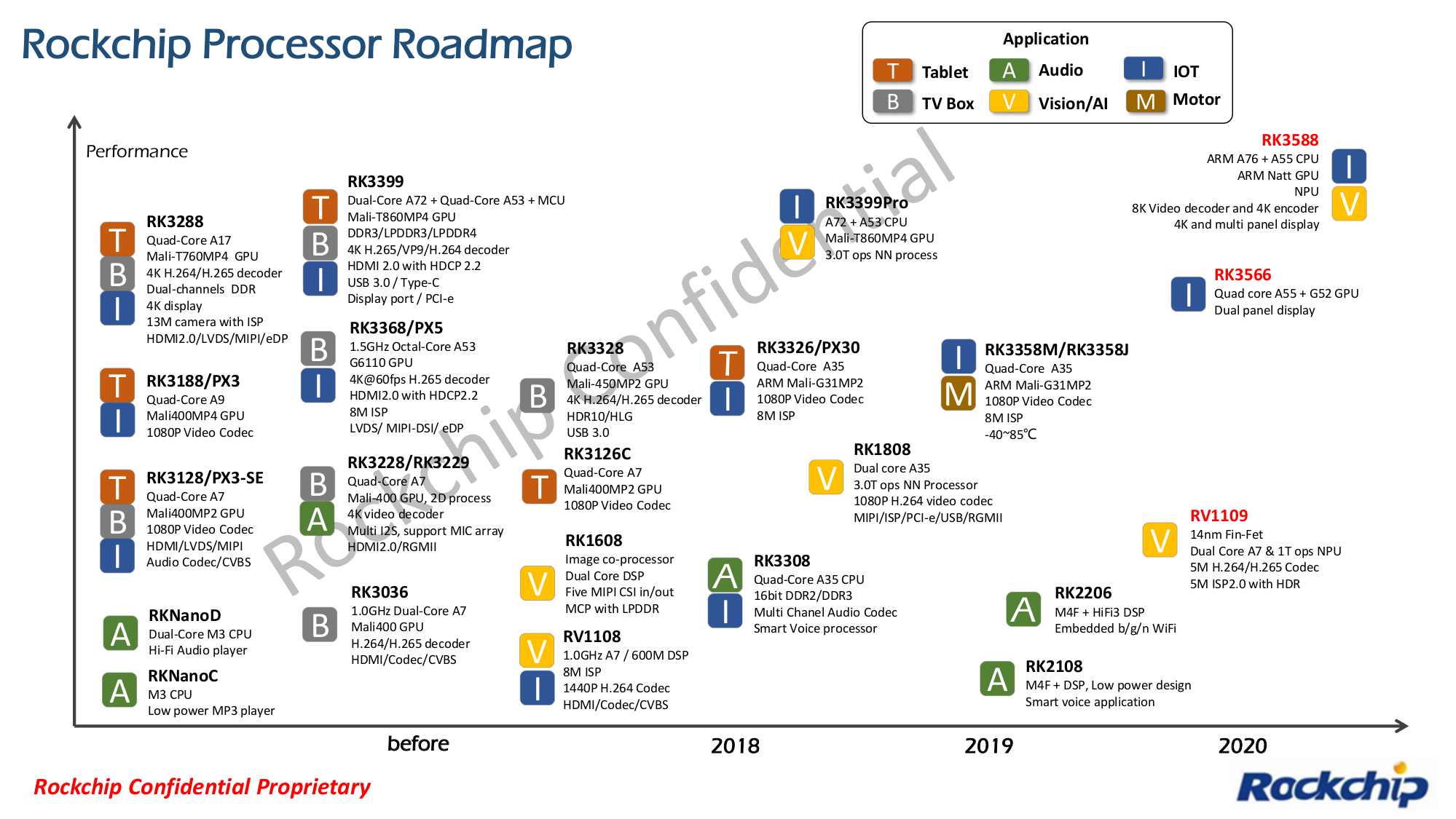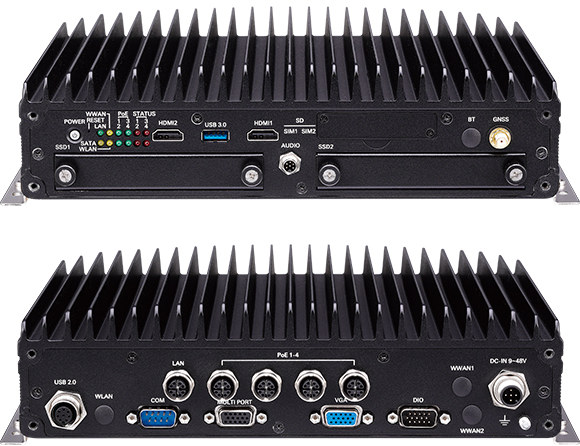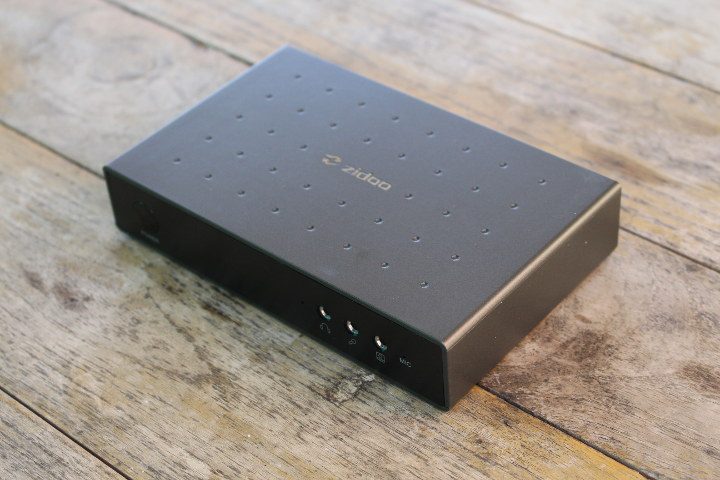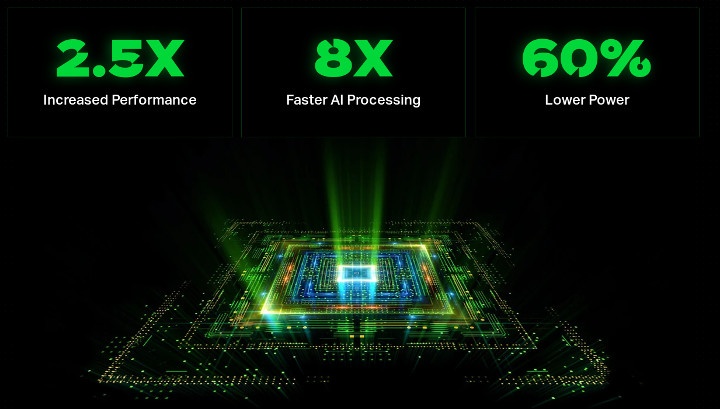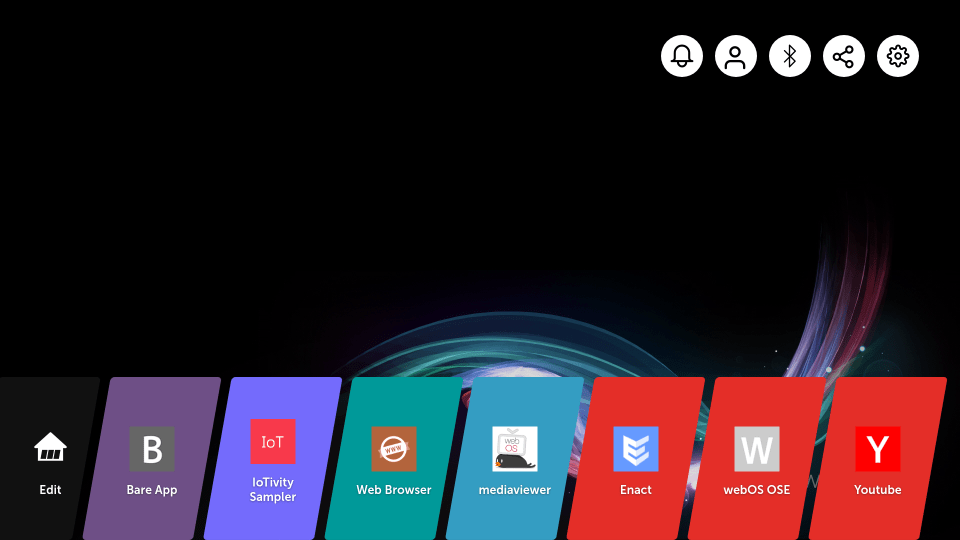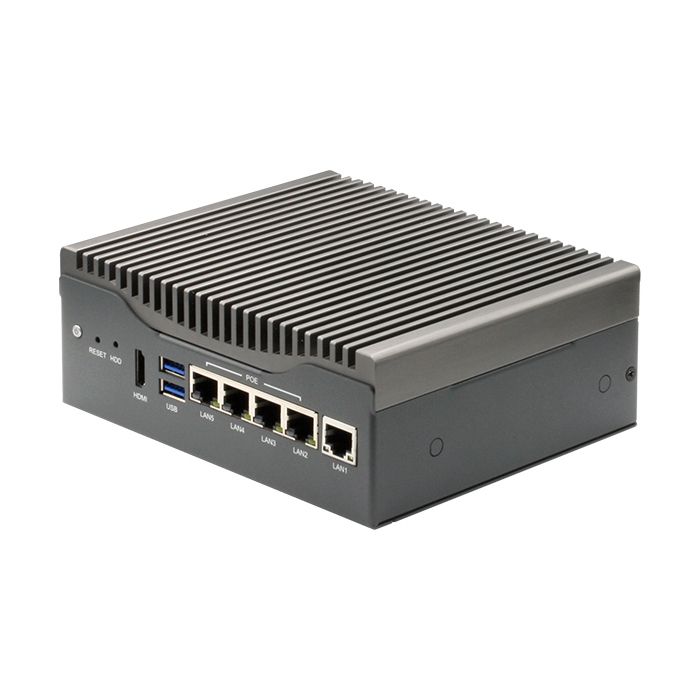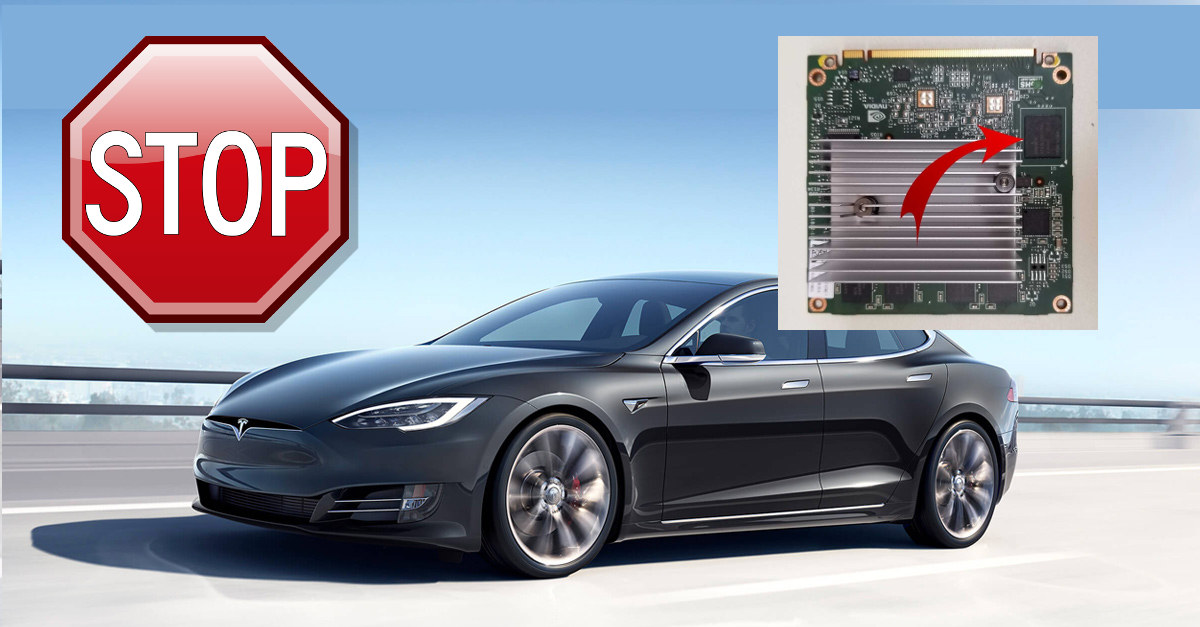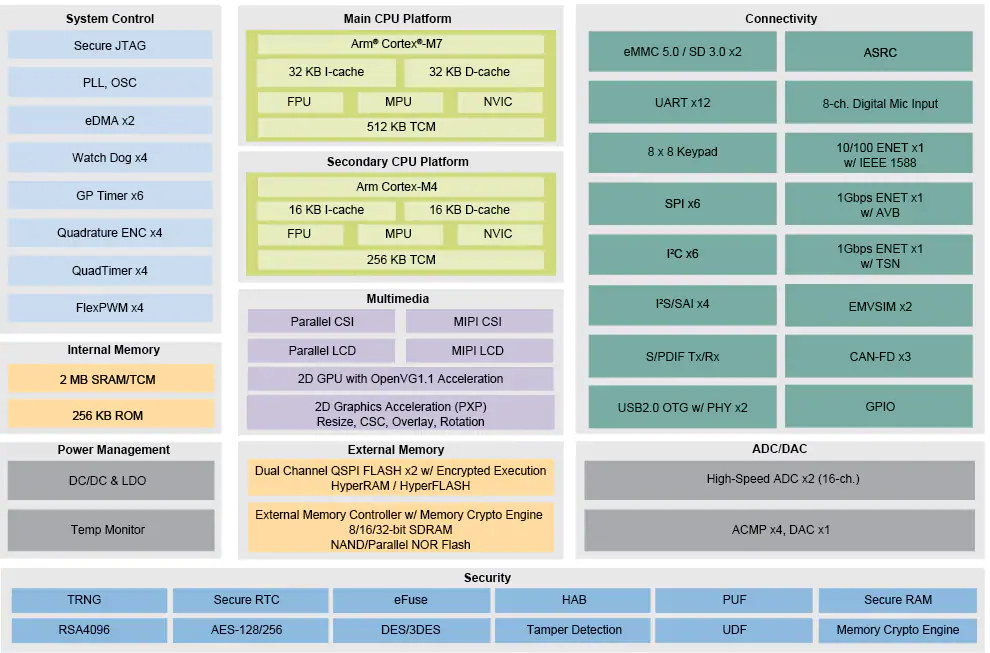Last year, Rockchip had a presentation in China where they highlighted their processor roadmap for 2020, and we learned about processors such as Rockhip RK3588 Cortex-A76/A55, RK3530 Cortex-A55 SoC’s, and RV1109 camera processor, but we had limited details about the processors at the time. CNX Software has now received a more detailed roadmap that reveals some of the specifications about the new processors, and some Rockchip products that people may not be aware of such as a 3D structured light module and a 4G module. Rockchip RK3566 Rockchip RK3530 is not shown in the roadmap, but there’s a similar RK3566 processor, so I assume the company just changed the name. Rockchip RK3566 specifications: CPU – Quad-core Arm Cortex-A55 @ 1.8GHz GPU – Arm Mali-G52 2EE NPU – 0.5 TOPS with support for INT8/ INT16 Multi-Media 8M ISP 2.0 with 3F HDR(Line-based/Frame-based/DCG) Support MIPI-CSI2,4-lane 1080p60 H.265, H.264 encoding 4K H.264/H.265/VP9 60fps […]
NEXCOM In-vehicle Computers Enable 24/7 Monitoring of Trains, Buses, and Trucks
Taiwan based NEXCOM has introduced two new mobile computing solutions specifically designed for transportation with nROK 6222/VTC 6222 Intel Apollo Lake computers enabling 24/7 monitoring of trains, buses, trucks, and other vehicles. The computers come with five Ethernet ports, including four PoE enable, in order to connect IP cameras, and two HDMI output, one VGA output to let drivers monitor the front and back of the vehicle, and passengers view travel-related or other information. NEXCOM nROK 6222/VTC 6222 key features and specifications: SoC – Intel Atom x7-E3950 quad-core Apollo Lake processor clocked at 1.6 GHz / 2.0GHz with Intel HD Graphics 505 System Memory – 4GB DDR3L 1866 SO-DIMM (default) up to 8GB Storage – 2x 2.5″ SATA 3.0 SSD up to 15mm thick, SD card slot, internal USB DOM Video Output – VGA, 2 x HDMI Connectivity nROK 6222 – 1x Gigabit Ethernet (M12) port, 4x Ethernet (M12) ports […]
Zidoo M9 Mini PC Review – Part 1: Unboxing & Teardown
Over the years, Zidoo has made TV boxes for the consumer market, and digital signage players for businesses. The recently announced Zidoo M9 aims at both markets, plus other applications such as IoT, robotics, and artificial intelligence. Zidoo M9 is either sold as a board or a complete TV box reference design with a case, as it exposes all the usual ports of a TV with HDMI, USB, and Ethernet. But you can do more with internal connectors for cameras, PCIe interfaces, SIM card slot, MPI DSI and eDP connectors, and so on. The company has sent me a review sample, so let’s first check out the accessories provided with the box, and have a look into the hardware design today, before testing the Android firmware in the second part of the review. Zidoo M9 Unboxing The package makes it clear Zidoo M9 “mini PC” looks like a TV box, […]
Imagination Unveils IMG A-Series GPU Designed For Everything from IoT to Mobile and Server
Imagination Technologies has just launched IMG A-Series GPU which they claim is “The GPU of Everything” and “The fastest GPU IP ever”. IMG A-Series can be customized and scaled for various applications & markets from automotive, AIoT, set-top box, mobile, and server. Compared to the company’s earlier PowerVR 9Series GPU, IMG A-Series GPU delivers 2.5 times more performance, eight times faster AI processor, and 60% less power while running complex content with the same process node, area, and under similar conditions. IMG A-Series GPU supports the latest API standards including OpenGL ES, Vulkan, OpenCL, and Imagination provides a Unified AI API for use in combination with PowerVR neural network accelerators. It also offers 5x performance density compared to the best current shipping PowerVR devices and supports PVRIC4 lossless or virtually-lossless compression guaranteeing a 50% bandwidth and footprint reduction. The new GPU also leverages HyperLane Technology with up to eight individual, […]
webOS OSE 2.0 Adds Support for Rapsberry Pi 4, Dual Displays, FOTA and More
Back in March 2018, LG unveiled webOS Open Source Edition optimized for Raspberry Pi 3 board. Last month, the company released a major version with webOS OSE 2.0 adding support for Raspberry Pi 4, dual displays, FOTA support and more. We missed the release at the time but caught up as LG just released a minor update with webOS OSE 2.1 a few days ago that adds a Japanese keyboard, uses journald, and provides various fixes and improvements. Some of the new features of webOS OSE 2.x include: Dual-display support which will eventually enable multi-display support for rear-seat entertainment (RSE) systems Firmware-Over-the Air (FOTA) Smack integration for enhanced security New passenger-friendly and touch input optimized Home Launcher as shown above WiFi tethering support via SoftAP Added support Raspberry Pi 4 (new reference hardware) Upgrade to Qt 5.12 and Chromium 72 webOS is generally known as an operating system for televisions, […]
Apollo Lake based AAEON VPC-3350S Fanless Industrial In-vehicle NVR Comes with 4 PoE Ports
AAEON NVR VPC-3350S Industrial In-Vehicle The AAEON fanless industrial network video recorder has joined the ranks of such NVR’s as the Solidrun Clearfog GTR A385, which was reported just recently as hitting the market. AAEON VPC-3350S is an in-vehicle industrial NVR that is aimed at mobile AI and IoT in areas such as license plate recognition. Processor Options The VPC-3350S is equipped with an Intel Atom x5-E3940 (formerly known as Apollo Lake) processor that comes standard. There are also options for the Pentium N4200 and the Atom x7-E3950. Configurations The units come in a variety of versions, with industrial, in-vehicle and customizable AI module, running the Intel Movidius Myriad X SoC. Offering more options than any other mobile NVR. Industrial Option The more compact Industrial VPC-3350S offers an I/O complement meant for more machine vision applications, such as license plate recognition. In-Vehicle Option The In-Vehicle option allows for fast set-up […]
Some Tesla EV’s Control Screens Went Dark as Excessive Logging killed the eMMC Flash
Despite wear-leveling techniques, eMMC flash memories tend to wear out over time as they have limited write cycles. So we’ve seen in the past the importance of wear estimation in eMMC flash chips, and methods to limit write operation such as disabling logging when possible or write the log to RAM with log2ram in order to extend the life of flash-based storage devices. My Xiaomi A1 smartphone basically became unusable after a little over a year due to eMMC flash issues, but that was not that big of an issue since I could just get another phone and the most important data is saved in the cloud nowadays. That’s one thing when it happens to a phone, and another when it happens to your car, as some Tesla S & X owners realized when they lost access to the control screen in the car because the eMMC flash was worn […]
NXP i.MX RT1170 Arm Cortex-M7/M4 Microcontroller Clocks at One Gigahertz!
Microcontrollers used to be those cute little things that clock at 8 or 16 MHz, but in the last decade, Cortex-M3/M4 microcontrollers became more powerful with 100 to 200 MHz clocks being quite common. But with the introduction of Arm Cortex-M7 core about 5 years ago, microcontrollers are seriously starting to take over tasks that were previously reserved to faster microprocessors. As I remember it, the MCU frequency “race” started with STMicro STM32H7 in 2016 with an impressive 400 MHz, and NXP i.MX RT crossover processor clocked at 600 MHz a few years later. But with i.MX RT1170 microcontroller, NXP has upped the ante as the new MCU combines an Arm Cortex-M4 core clocked at 400MHz with Arm Cortex-M7 core running at an amazing one Gigahertz (1 GHz). The documentation has not been released and we have limited information, but here’s what we know about NXP i.MX RT1170 key features […]


